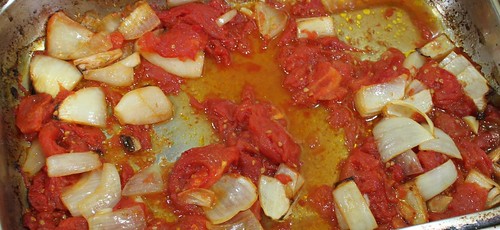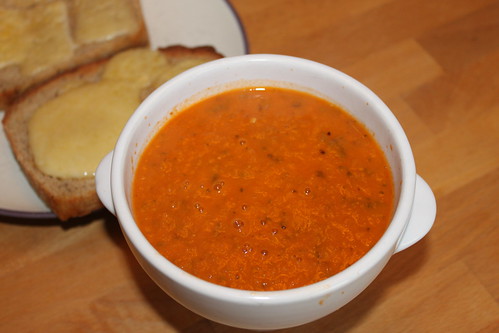Last week I shared our method for slaughtering a pig by hand. Previously we shared why we wanted to slaughter. Today's final post is reflective of the whole experience.

Work to Be Done
Rachel: Once Red was dead, we all worked quickly to process her body. There was no spoken communication, but there was a shared feeling that part of honoring her life was to finish the work. There was a sense that to raise and kill an animal, we ought to use every part. I feel the same way about seeds I plant at home; we try to use every fruit and edible part of our garden plants to justify our use of water, land, and sunlight in their growing.
Ease
Alex: It was a whole lot easier than I had imagined. There was almost no struggling by the animal and I think it was as pleasant an ending as could be hoped for. I found the pig anatomy fascinating. I've never been in an anatomy lab, but I understand pigs are very similar to humans in that department. The organ layout was very interesting, and I was not grossed out at all by what I was seeing.
Graphic Pictures
Rachel: During the kill and slaughter I was not emotional. I downloaded the pictures that same day and did not come back to insert pictures into the post until Saturday night. Looking through the images, my heart wrenched and my stomach turned several times. The images, out of the context of physically doing the hard honest work, were more emotional. I guess that's why we say "a picture's worth a thousand words."

Responsibility
Alex: I like taking responsibility in my life and doing things myself. For this reason, I am happy I slaughtered a large animal and got to experience the processing of it from start to finish. I feel more connected to my food after this experience and have a greater appreciation for what incredibly hard work meat-packing must be. After watching Food, Inc., I am even happier to be attempting to wean myself away from factory meat production.
Vegetarian Pig Killer
Rachel: "Aren't you a vegetarian?" I get asked this a lot, especially considering that my most popular posts have to do with meat. I am a vegetarian. I don't order meat entrees at restaurants and I don't cook meat for myself. After more than ten years, I simply do not enjoy the texture of meat. However, I have no beef with people who want to eat meat.
I actually do enjoy the taste of some meats (hello, bacon!). When Alex makes a meat dish he's particularly proud of, I taste it. In the interest of not being a bother, I eat soups and sauces that may contain meat stock in restaurants. I suppose some would revoke my vegetarian card for eating this way, but I try to not concern myself with what other people think.
In the early days of my vegetarianism, I did not want to handle meat and some parts grossed me out. Over the years of living with Alex the meat lover and raising a omnivorous child, my view has changed. I now have no problem scaling fish, cooking chicken breasts, or skinning a just-dead pig, so long as they were raised and killed ethically.
Lessons Learned
Alex: 1. I would definitely bring more knives or a proper sharpening stone. Butcher knives or a skinning knife with an up-swept blade would be a plus as the one I had seemed to work incredibly well for most pig-chopping jobs. I had no idea that chopping through the skin and skinning the pig would dull the knives as quickly as it did. In addition, I would purchase a proper butcher's hacksaw for going through bone. The hardware store model worked fine, but the painted blade left a yellow color to some of the bone.
2. For killing the pig, I would use a pistol next time. The rifle worked fine in the end, but it was unwieldy and tricky to manage while trying to wrangle the pig. I would also take a slightly larger caliber as I was nervous the 22 might not do the job properly. Even though it worked, it is not a very potent caliber, and I would be nervous about getting a deflection off of a thick part of the skull. I think something along the lines of 22 Hornet or 5.7x28 would work exceedingly well.
3. The hoist. Thankfully Denise had a block and tackle. However, I think it was sized for the lambs she more often slaughters. As such it was somewhat strained under the weight of Red. For slaughtering an even larger animal (cow, bison, etc...), I think it would be hard to do it without a motorized winch.
4. The hide. Next time I would like to save skin for either cooking or leather purposes. This means reading up on tanning or finding an appropriate hair-removal method for the carcass.
Next Time
Rachel: Will we slaughter an animal again? Probably. Not only did slaughtering save us money over sending the animal to a processor, it was not difficult. Knowing how to gut and process an animal is a life skill I'm glad we now have. Alex plans on hunting deer this fall, we may eventually slaughter one of our backyard chickens, and Denise knows we will happily help her dispatch 2Silos animals.



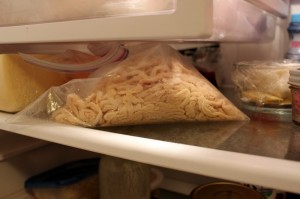

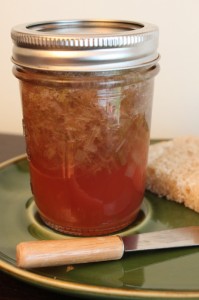
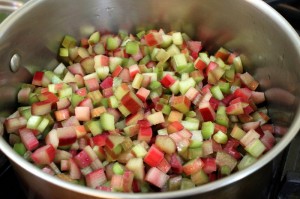
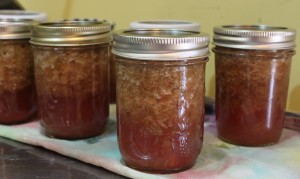
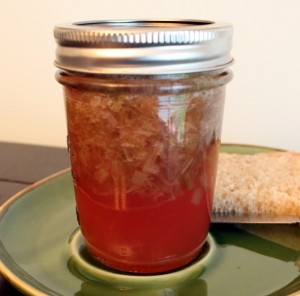






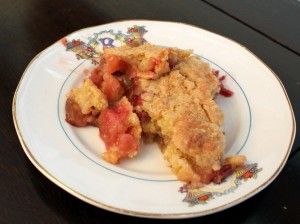


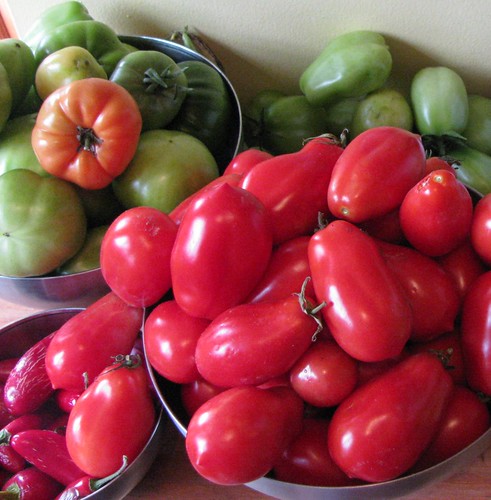
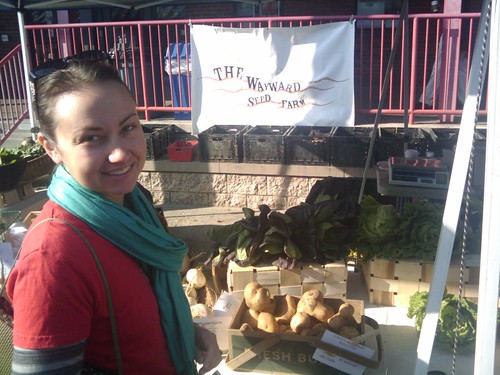

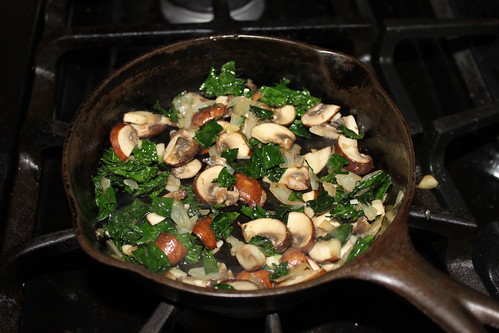
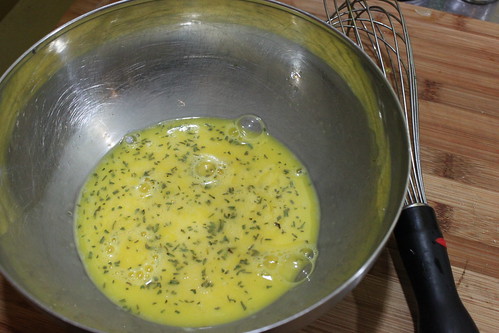
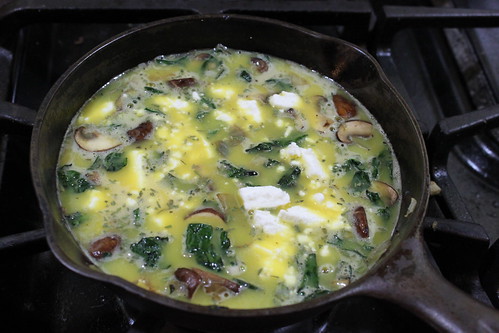
 A few months ago, Denise Beno from
A few months ago, Denise Beno from 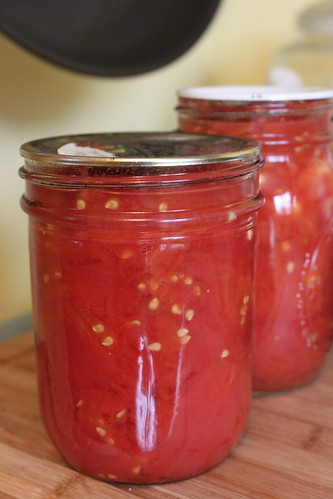 Do you ever come home to an empty fridge but still want something delicious to eat?
Do you ever come home to an empty fridge but still want something delicious to eat?